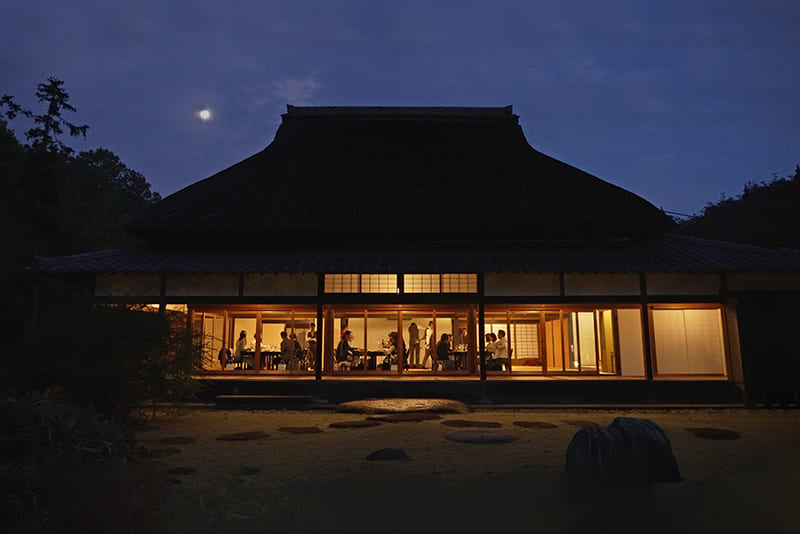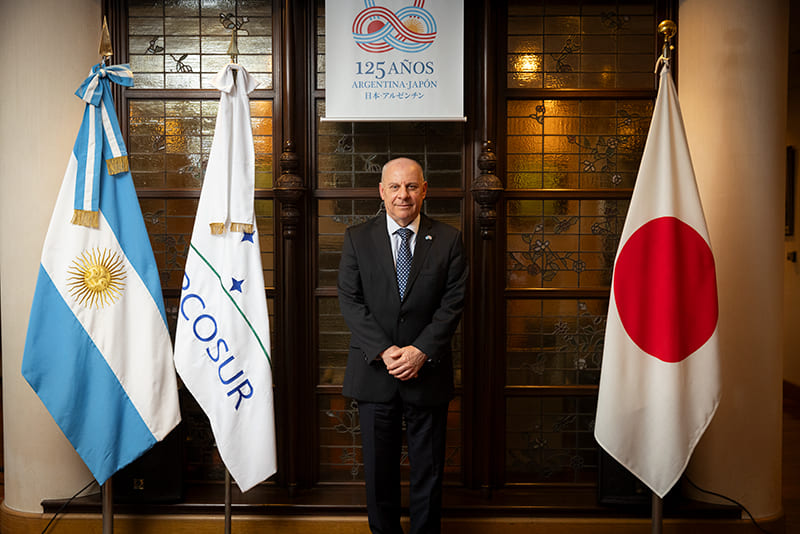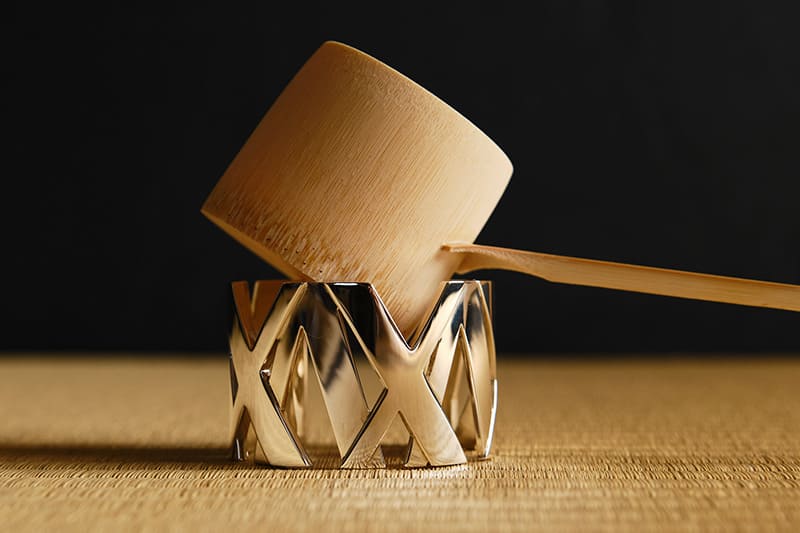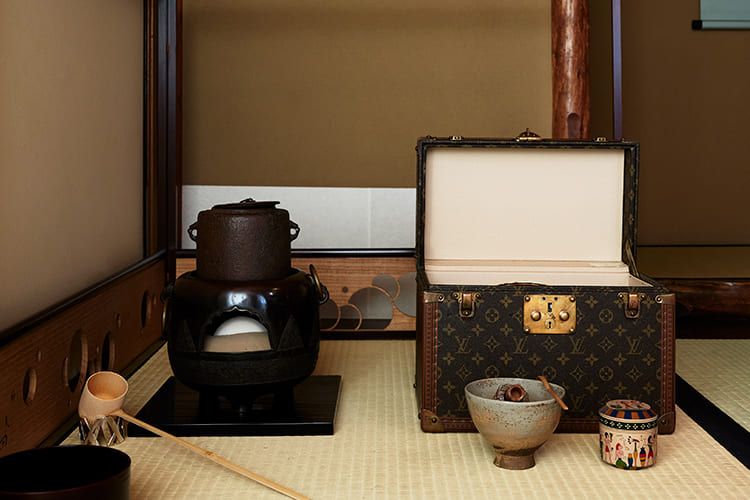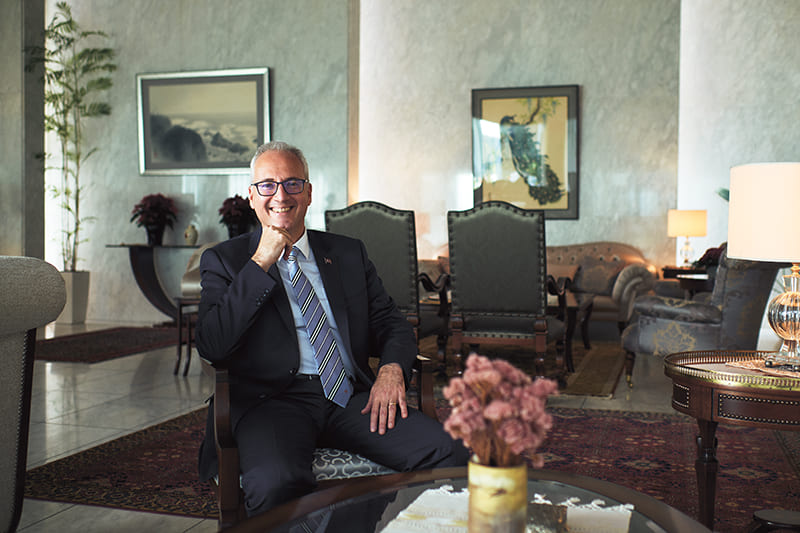December 22, 2023
For Ugandan envoy, flowers and traditional culture
UGANDA
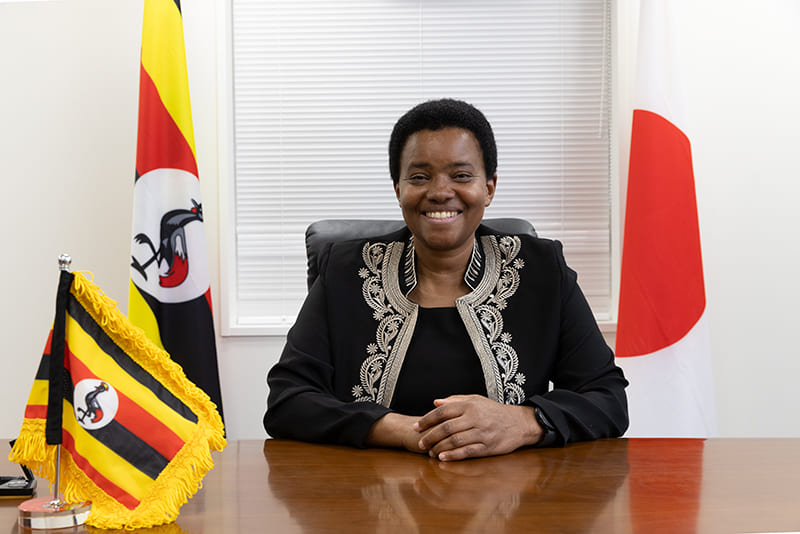
When Ugandan Ambassador Tophace Kaahwa was in the elementary school, she and her peers competed not in sports and games, but in maintaining flower gardens. Teams of students were given bare patches on the school grounds to transform with bright, blooming colors over two years. To make their gardens the best, the youngsters patrolled their neighborhoods, stopping at gates or calling over fences, to source seeds and cuts of blooms that caught their eye. In between lessons, they tended their flowers with dedication — watering, weeding and pruning for a prize.
A year and half ago, on her appointment as ambassador to Japan, Kaahwa was introduced to ikebana, the Japanese art of floral arrangement, which rekindled her intimacy with flowers. The feeling of pure peace she has encountered on seeing flowers at parks or gardens around Japan — even spotting a few blooms from her youth — has led her to pledge to revive the now-rare school garden contests in Uganda in the future.
“Flowers are good,” Kaahwa said simply from her office in the Nogizaka district of Tokyo. “There’s a way they take away stress and you can think positively when you have a look at something interesting, something attractive.” She has joined an ikebana group and hopes to one day start a similar group in Uganda.
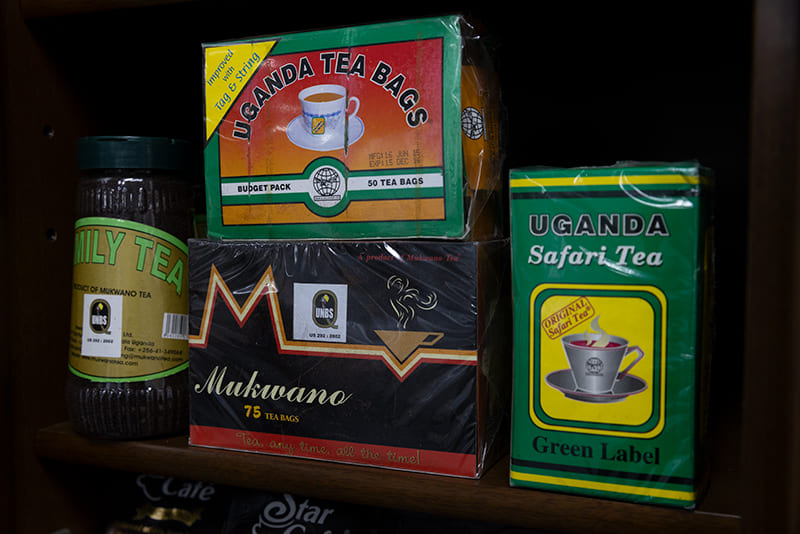
PHOTOS: YOSHIAKI TSUTSUI
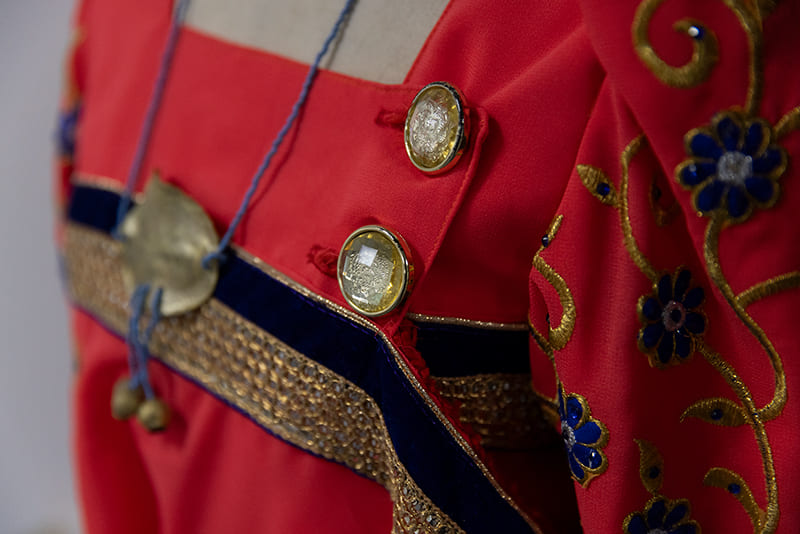
PHOTOS: YOSHIAKI TSUTSUI
For Kaahwa, the greatest gifts she has received from Japan have been the opportunity to experience traditional culture, and witness the country’s ability to preserve these practices amid outside influences. At the same time, she is amazed by the public order that exists and sees great potential for cooperation with Japan in infrastructure development.
Kaahwa is intrigued by similarities between the Japanese tea ceremony and the traditional naming ceremony for newborns in Uganda, where tea is served alongside cooked greens and millet. Regrettably, she says, naming ceremonies are becoming less common. She also finds the practice of public bathing and the widespread knowledge about the benefits of hot springs interesting. In Uganda, people do bathe in hot springs, “but without having that scientific knowledge about it. So I’m trying to find a way we can connect, so people can come and see how they have developed onsen here in Japan and also get the value.”
Located in East Africa, Uganda is a landlocked country surrounded by five other nations. More than half of its 45 million people are under the age of 18. Often referred to as the pearl of Africa, the country has diverse wildlife, and most of Africa’s largest lake, Lake Victoria, is within its borders. Matoke, or cooking bananas, which are prepared in a variety of ways, are the most widely eaten food. A popular street food is a flatbread, egg and vegetable wrap called rolex.
Japanese bananas might not be as sweet as those she is used to at home, and cooking bananas are hard to come by, but Kaahwa has embraced many aspects of Japanese food culture. She has warmed up to sushi, loves the delicate sweetness of cakes and, after a tour of farms there, is now partial to Hokkaido beef. In addition, when it comes to dining out, she always chooses yakiniku.
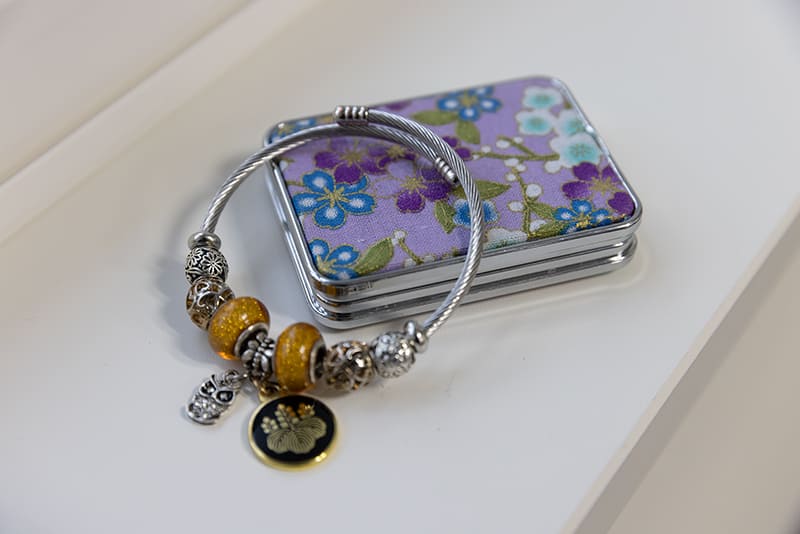
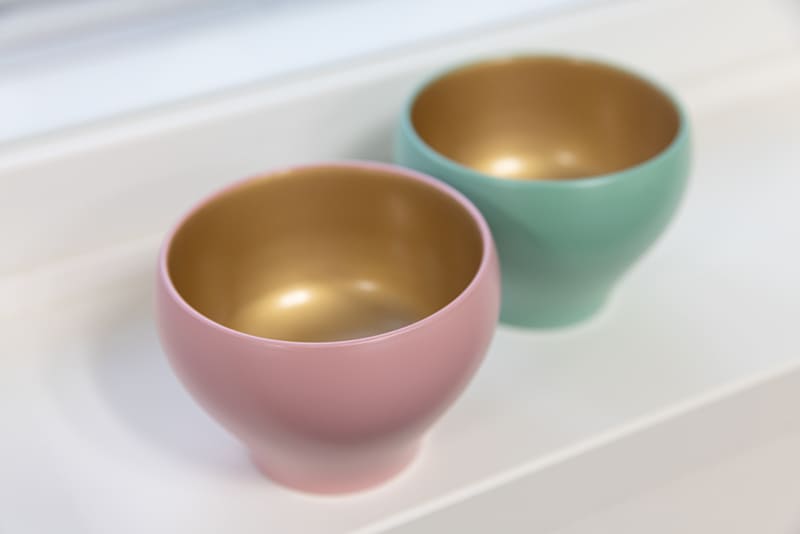
But it is Japan’s staple food, rice, that holds the most resonance, as the varieties grown in Uganda were introduced by the Japanese, as well as the practices for growing it.
“We are using the Japanese techniques especially in the lowlands, in the water. So we have two types: upland rice and lowland rice. Lowland is in water, and actually the whole technique of planting rice in water was from here. We were planting upland on the hills, but they introduced the wetland techniques.”
Since she arrived in Japan in July 2022, Kaahwa has visited many places in Japan, picking up or receiving gifts along the way. She likes Gunma for the onsen and Hokkaido for agriculture, which also happens to be the main industry in Uganda. However, one destination she has returned to several times is Fukushima, and among her treasured items are a bracelet and two Aizu Hongo cups she received as gifts from Japan’s third-largest prefecture.
However, Kaahwa believes superior craftsmanship and packaging can be found in items all across Japan, and even in commercial products.
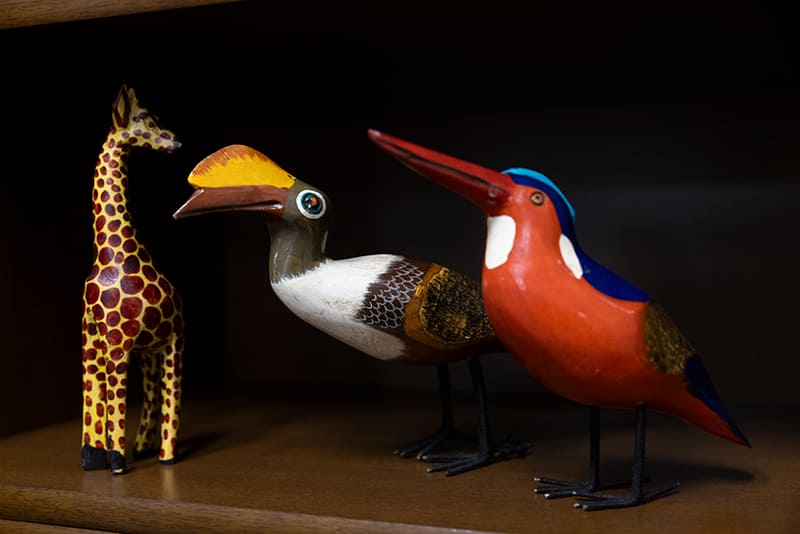

“The special thing about products in Japan is quality. Their products are reliable. Something that is made in Japan, when you buy it, you are sure of the quality,” she said.
As she continues her assignment, Kaahwa hopes to travel to even more places in Japan, and has a special eye on Okinawa. She is eager to discover more of the gifts that Japan has to offer and plans to immerse herself in experiences ranging from shuffling along with dense crowds at summer fireworks festivals to simply observing the country’s network of bridges, highways and trains, marveling all the while at the security its citizens enjoy.
One major area of her work will be centered on getting more Ugandan coffee into Japan. Despite coffee being Uganda’s top export crop, the country has yet to make inroads into the Japanese market with its robusta and arabica varieties of beans.
“Our coffee is our major product that we are marketing here in Japan; we want to find a way of directly penetrating the market. We are also looking at [increasing cooperation] in technology that can help us to add value in our agricultural products because, for example, coffee, we want it processed well to the required standard that we can export. We have pineapples or other fruits that we can get the technology to add value and then export even to Japan.”
AMBASSADOR TOPHACE KAAHWA
Kaahwa worked for a decade as a teacher and teacher trainer before running for elected office and serving two five-year terms as a member of Parliament up until 2021. She has served on Parliament’s Committee on Commissions, Statutory Authorities and State Enterprises and the Committee on Tourism, Trade and Industry. She holds a Master of Education degree with a specialization in administration and planning.
外国の影響を受けながらも、伝統的を守り続ける大切さ。
ウガンダ共和国のトーファス・カーフア駐日大使は、彼女が小学校の3年生の時、スポーツやゲームではなく、学校の花壇の維持をチームごとに競い合ったことがある。生徒たちには何も植えられていない区画が学校から与えられ、そこを2 年間かけ、花が咲き誇る場に変えなければならなかった。生徒たちは賞を獲得するために、授業の合間にも、水やり、草むしり、剪定など、熱心に花の手入れをした。
そんな経験を持つ彼女は駐日大使として来日した際、“生け花”に出会い、花を愛する心が再びよみがえった。日本の公園などに咲く花を見て、若い頃に数輪の花を見つけた時に沸き起こった、あの安らぎを感じた気持ちも思い出した。今では珍しくなった学校での庭園コンテストを、将来ウガンダで復活させることを誓うようになった。
大使にとって、日本から得た最大の贈り物は、日本の伝統文化を体験できたこと、様々な外国文化の影響を受けながらも、伝統的なものを守り続けている日本の底力を目の当たりにする機会を得たことだという。
Return to Sustainable Japan Magazine Vol. 31 article list page

